Why is it important to choose the right shade trees for residential areas?
Why is it important to choose the right shade trees for residential areas?
Shade trees are not just for shade. Choosing the right tree can directly affect the quality of life of residents and the sustainability of urban infrastructure.
Impact on landscape and living environment
A row of trees with wide canopies, beautiful flowers, and cool green leaves will soften the air, make the living space more pleasant, and increase the aesthetic value of the entire area.
Regarding technical infrastructure safety
If you choose the wrong type of tree, its roots can break up sidewalks, crush pipes, or tilt fences. Trees that are too large and can easily break or fall during storms also pose a potential accident risk.
Impact on health and community life
Some construction trees have strong scents, shed many leaves, attract insects... which can cause discomfort to residents.
Criteria for choosing shade trees for residential areas
Criteria for choosing shade trees for residential areas
Below are standard criteria to help you choose suitable, effective and sustainable shade trees for residential areas:
The canopy is wide but not too dense.
Wide foliage provides effective shade, but care must be taken to ensure that the thickness does not block out natural light or obstruct traffic visibility.
Deep roots do not break the foundation surface of the house
Trees with horizontal roots and exposed roots often break sidewalks and foundations, causing damage to infrastructure and safety. Therefore, choose trees with roots that grow deep into the ground.
Less leaf shedding no unpleasant smell
Trees like black star, Taiwan banyan... often lose their leaves less, do not have a pungent smell, and are suitable for densely populated areas, especially near schools and hospitals.
Easy care, few pests
Prioritize choosing plants that are strong, resistant to pests and diseases, do not require regular care but still grow steadily.
Suitable for regional climate conditions
The North has cold winters, the Central region is hot and dry, and the South has erratic sunshine and rain all year round. Therefore, the choice of plants must be well adapted to the local climate to thrive.
The most suitable shade trees for residential areas
Below is a list of shade trees that are highly regarded for their aesthetics, durability, safety, and ease of care.
Rosewood tree
Rosewood is a popular urban tree thanks to its beautiful shape, round canopy, and bright yellow flowers. The tree roots grow deep and do not harm the foundation. Rosewood wood also has high economic value.
Taiwan banyan tree
Taiwan banyan tree
Unlike traditional banyan trees, Taiwanese banyan trees have small, neat canopies and rarely lose leaves. Suitable for planting on sidewalks, internal walkways, and areas near residential areas.
Lim xet tree
Lim xet is easy to grow, drought and wind resistant. Yellow flowers fall like rain, creating a romantic landscape. The tree grows quickly, the canopy is not too dense, very suitable for urban areas.
Black star tree
Black star has a straight, tall trunk, green leaves all year round and rarely falls off. Very popular in residential landscape planning, especially new urban areas.
Tamarind tree
Although less common, tamarind has a wide, beautiful canopy and small leaves that rarely fall off. Suitable for planting in parks, internal yards or school grounds.
>> See more: Other popular shade trees at Flower World
Plants to avoid planting in residential areas
Plants to avoid planting in residential areas
Not all plants are suitable. There are some plants that you should consider before incorporating into your residential landscape design. Some plants to avoid include:
- Trees with exposed roots or strong horizontal roots can destroy building foundations, cause sidewalks to sag, and affect the drainage system.
- Trees that shed a lot of leaves will lose their beauty, increase cleaning costs and easily clog drains during the rainy season.
- Some plants have poisonous or sharp thorns that pose a risk to children and the elderly and should be excluded from the list of residential plants.
Choosing the right shade tree for a residential area not only creates a landscape but also brings a fresh living environment, improving the quality of life for people. Hopefully, the above sharing will help you choose the most suitable tree.
Source: https://baotuyenquang.com.vn/nhung-tieu-chuan-chon-cay-bong-mat-cho-khu-dan-cu-210234.html


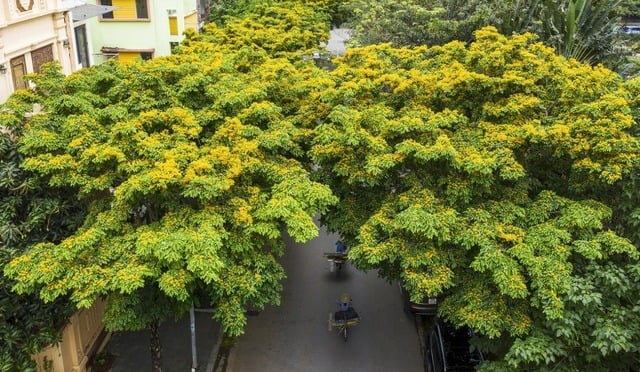
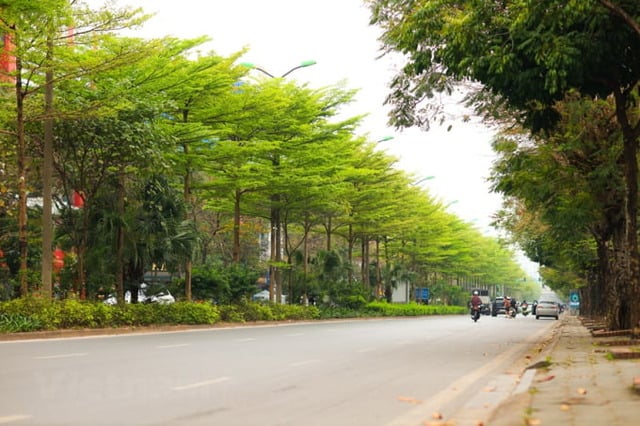
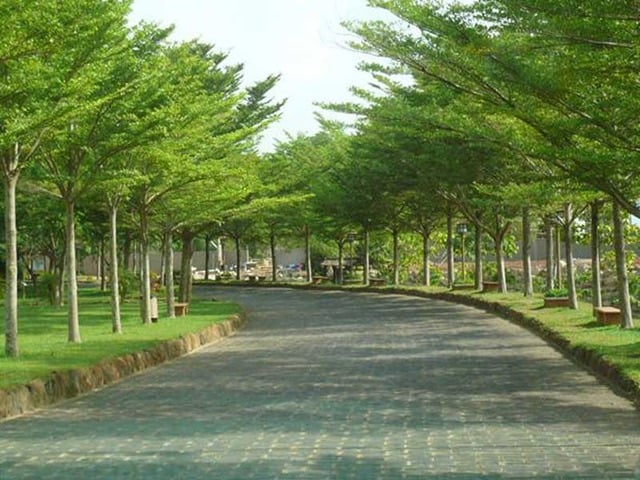
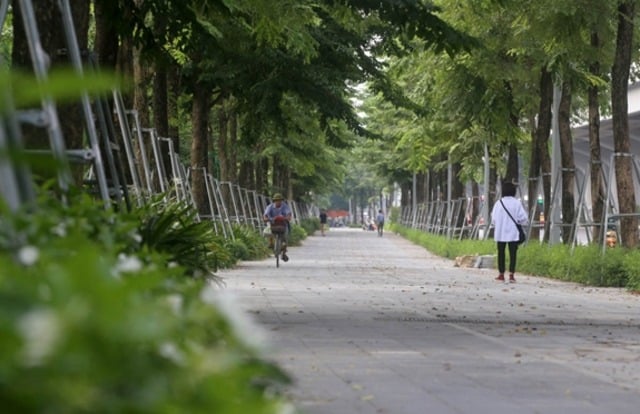
![[Photo] President Luong Cuong awarded the title "Heroic City" to Hai Phong city](https://vphoto.vietnam.vn/thumb/1200x675/vietnam/resource/IMAGE/2025/5/13/d1921aa358994c0f97435a490b3d5065)
![[Photo] Many people in Hanoi welcome Buddha's relics to Quan Su Pagoda](https://vphoto.vietnam.vn/thumb/1200x675/vietnam/resource/IMAGE/2025/5/13/3e93a7303e1d4d98b6a65e64be57e870)

![[Photo] President Luong Cuong attends the inauguration of the international container port in Hai Phong](https://vphoto.vietnam.vn/thumb/1200x675/vietnam/resource/IMAGE/2025/5/13/9544c01a03e241fdadb6f9708e1c0b65)
![[Photo] Prime Minister Pham Minh Chinh receives Ambassador of the French Republic to Vietnam Olivier Brochet](https://vphoto.vietnam.vn/thumb/1200x675/vietnam/resource/IMAGE/2025/5/13/f5441496fa4a456abf47c8c747d2fe92)

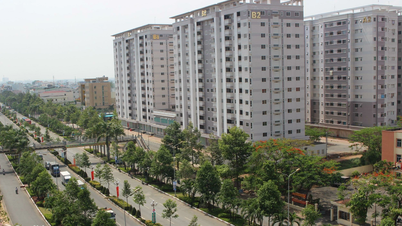


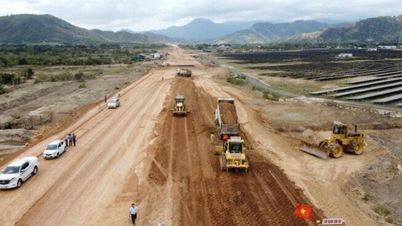












































































Comment (0)